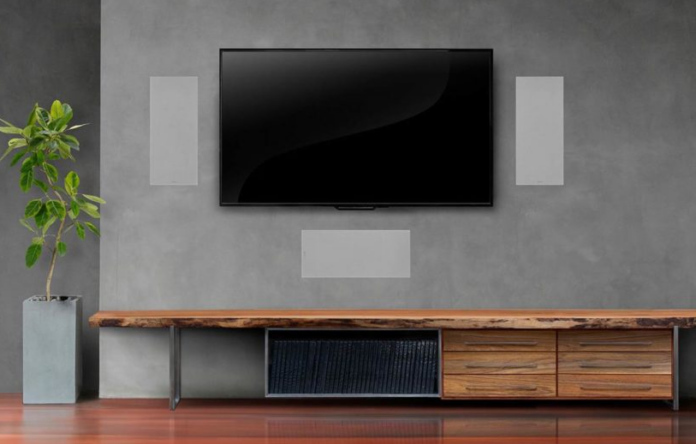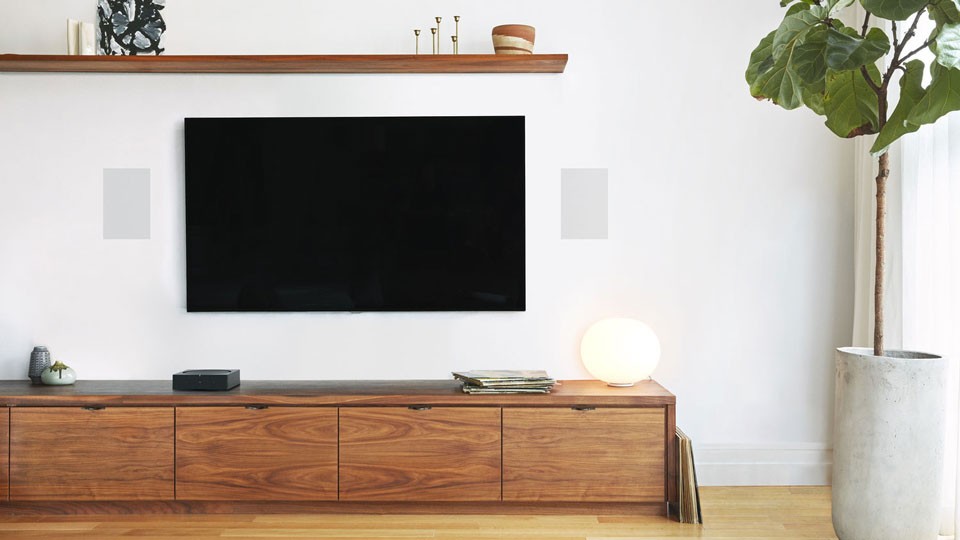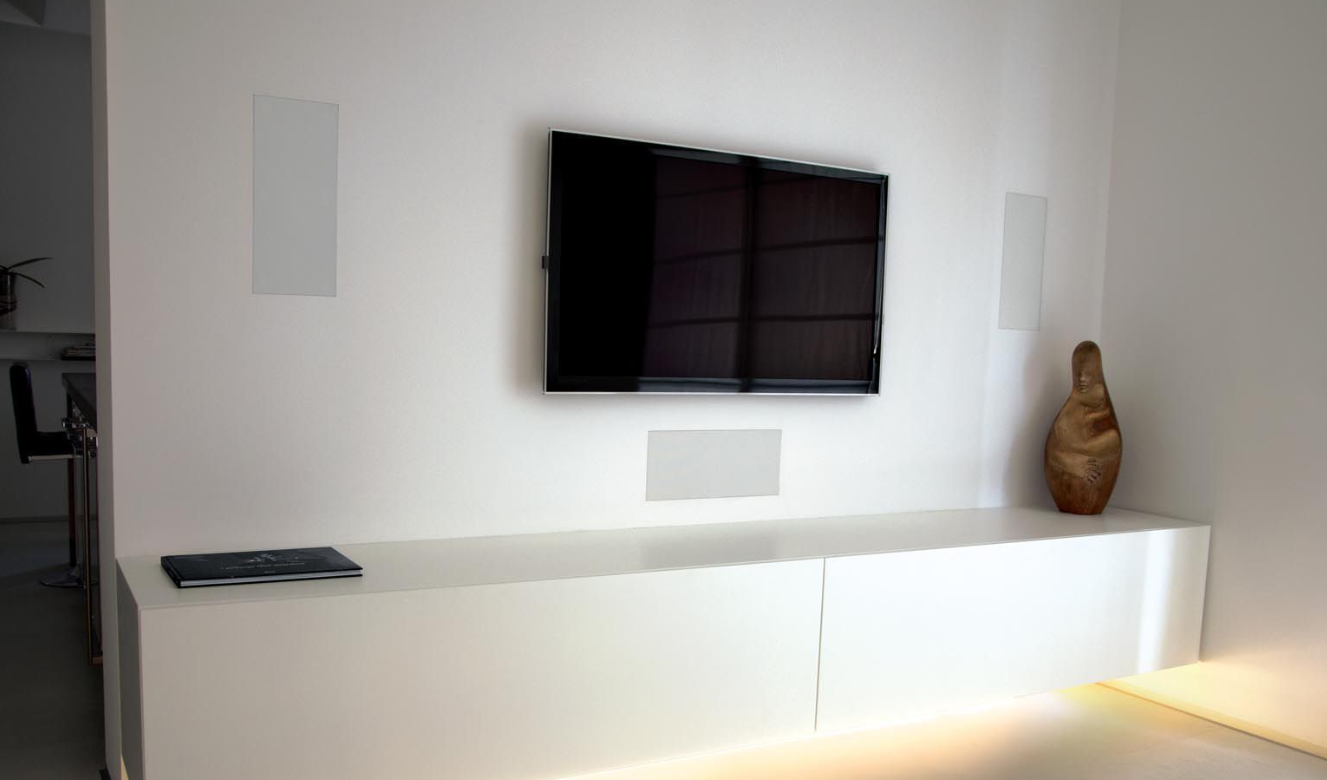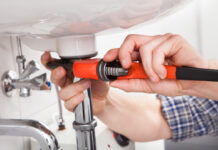As usual, standard powerful speakers are bulky and take a lot of space. This is one of their main problems. You may think that going for some expensive speakers that can be both powerful and compact can solve the problem, but there is another, almost perfect solution: the in-wall speakers. They are used in movie theaters, and are very popular due to their space-saving properties. Since such speakers are recessed, they are hardly noticeable, so you can install them literally anywhere with the wall space. Plus, as they won’t occupy any space on the floor or on the furniture, you can buy not just pair, but 4, or even 8 speakers to create an incredible surround sound. Moreover, Music Critic‘s review on the best in-wall speakers mentioned that it’s not only that they supplement a touch of sophistication but also provide a more enticing total sound experience.
If you feel inspired to buy the in-wall speakers, you may go to has-sound.com and get aquinted with some of the best in wall speakers on the modern market. However, what should be taken into account before shopping for in-wall speakers?
How to choose in-wall speakers
Different types of in-wall speakers
Center speakers. They are designed to be placed right beneath the video display. When creating a home theater, the center speakers will be the main part of your audio system. Opt for those that have a tweeter in the middle of the speaker’s enclosure. Thanks to such a balanced design, they provide even sound distribution to all the listeners.
Side speakers. Such speakers are equipped with a tweeter that sends audio left or right. They are mounted vertically on either side of the TV.
Rear speakers. They must be installed behind the listener. The rear speakers provide a more realistic listening experience and make it possible to feel yourself as a part of a movie. Their dipole design ensures a volumetric sound even in large spaces, so each viewer can fully enjoy the stunning sound effects.
Resistance to water
There are a lot of in-wall speakers that are used for installation in high-humidity conditions. They are made of heavy-duty materials and have robust enclosure which makes them resistant to some amounts of moisture, water splashes, etc. This way, if you are searching for speakers to install in your bathroom or kitchen, the water-resistant ones are your way to go.
However, note that such speakers usually have bulky body and large woofer (which allows them to create deep and rich bass, by the way). For this reason, they may have an installation depth of 0.7 inches which can be a problem in some houses.
Paintable in-wall speakers
When you are going to mount something in/on your wall, you may face some design issues. Most of in-wall speakers look like usual dynamics with or without grills, but there are also the models that can be painted. This allows matching the speakers with the wall and make them less noticeable.
Pivoting tweeter
Many in-wall speakers have a tweeter that can be rotated. This allows you to direct the sound for better performance.
What you need to consider before installing the in-wall speakers?
Use the correct wire to connect the speakers. It’s important to ensure that the speaker wire is suitable for wall mounting. You will need an UL wire, rated at CL2 or CL3.
Avoid sound from entering other rooms. Sound from your in-wall speakers may enter other rooms. In order to avoid this, use acoustic boxes that will limit the sound leak. Such box will also improve the reproduction of low frequencies.
Step-by-step instructions on how to install the in-wall speakers
Step 1
Use the cut-out template (it must be included in the speakers’ kit) to cut the holes for installation. You will need a drill for this.
Step 2
Now, you need to run the wires. There are 3 ways on how you can do that: from floor or ceiling crawl space, laterally through the wall, or behind the baseboards.
Step 3
To install the speaker, connect the wires to it first. Then, secure the speaker to the wall: insert it in the cut-out, and tighten the screws that are located on the front of the speaker. Turn on the system to ensure that it works properly and you have done everything correctly.




















